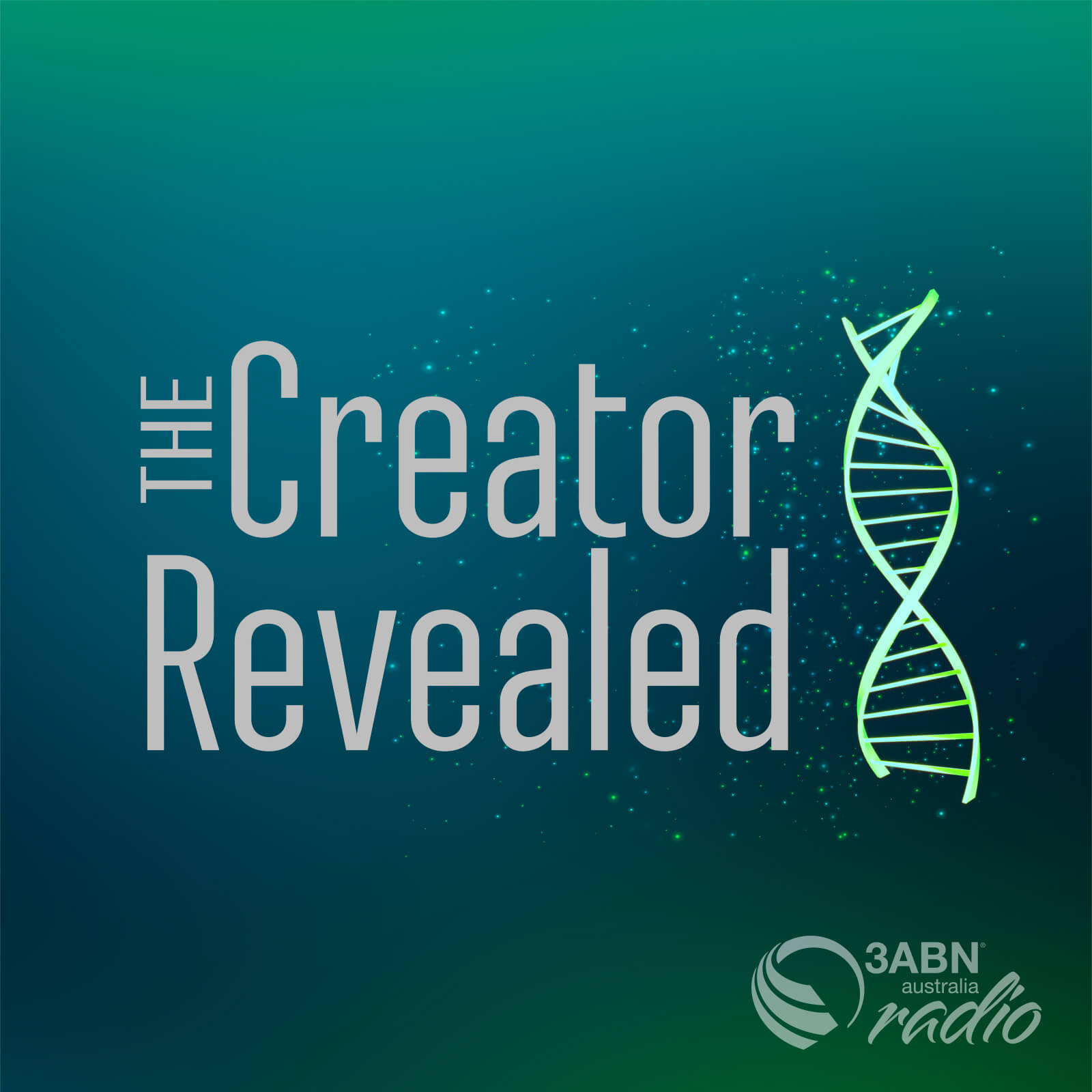DNA is amazing, but what exactly is it? What does it do in every living thing? Why is DNA just the right material for the function it performs? Why does just about everyone who studies it acknowledge that DNA at least looks designed? Are there good reasons for Darwinists to deny that DNA is evidence of design? What does DNA tell us about the Creator who wrote out the instructions for life in this remarkable molecule?

Incredible as it may seem, Charles Darwin and his modern followers believe the human body contains examples of poor design. Is this pessimistic view...

Christians understand the basic facts of creation from the biblical record. This doctrine is foundational to the biblical worldview and all other biblical doctrines....

In the Darwinian view, life is locked into a struggle for survival in which every organism is in a competition to the death and...